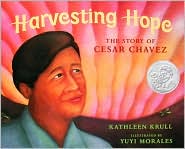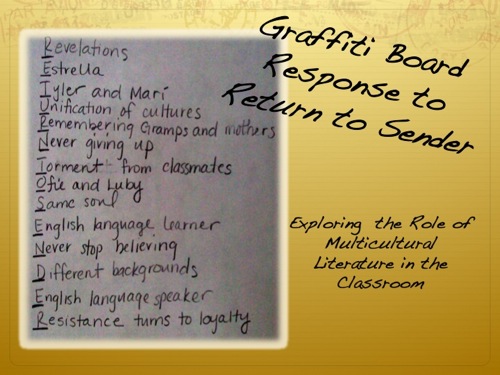Sandy Kaser, University of Arizona, Tucson, Arizona
Many teachers look for ways to make books meaningful to students. Sometimes we go about this in a deliberate way. Perhaps we have a unit of study coming up and so we look for books that offer different perspectives on this particular topic, or we have “umbrella” themes that cover an entire year and find books that support students in making connections and asking questions all year. In pulling books, we are careful to have a range that reflects the identities of the students entrusted to us.
But sometimes, we happen across a book that has an unexpected effect for both our students and ourselves. When that happens, we want to climb up on a roof top somewhere and shout, “This one! Read this one!” But then we discover that other folks have been shouting on that roof top and we just didn’t hear it. And we are all the more amazed. How did we miss it? This is what happened in my classroom with the books of Francisco Jiménez, specifically The Circuit, Breaking Through and Reaching Out.
Continue reading


 The final book we will share is
The final book we will share is 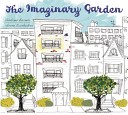 This week we want to share the picture book,
This week we want to share the picture book, 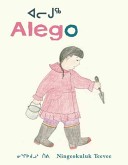
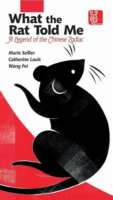 This July blog highlights the need to include more in depth discussion of the illustrations within picture books in published book reviews. The blog entries will each discuss an award-winning international picture book as an example of the kinds of discussion that should be occurring more frequently in reviews.
This July blog highlights the need to include more in depth discussion of the illustrations within picture books in published book reviews. The blog entries will each discuss an award-winning international picture book as an example of the kinds of discussion that should be occurring more frequently in reviews.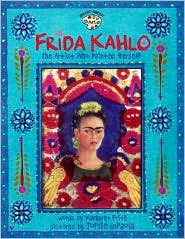 Reading biographies, studying the genre while having access to a variety of titles about the same person offers choice as well as opportunities for depth and exploration. Consider Elisabeta, a Mexican American fifth grader who did not see herself as a reader, who expresses surprise at the extent she got hooked on reading about the life and work of Mexican artist Frida Kahlo:
Reading biographies, studying the genre while having access to a variety of titles about the same person offers choice as well as opportunities for depth and exploration. Consider Elisabeta, a Mexican American fifth grader who did not see herself as a reader, who expresses surprise at the extent she got hooked on reading about the life and work of Mexican artist Frida Kahlo: